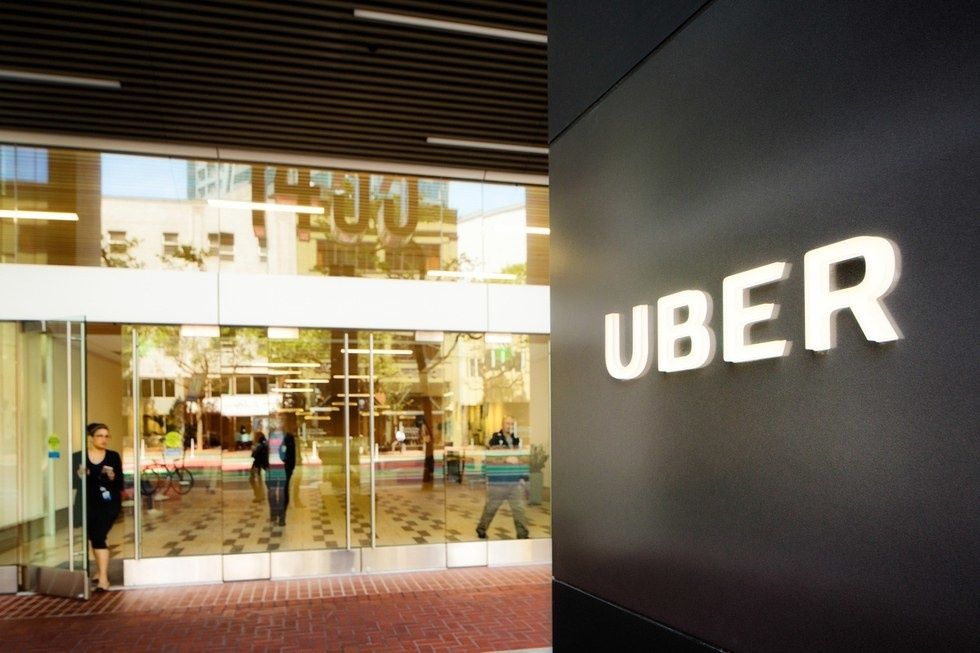Uber AI could warn drivers when you're drunk, patent reveals
Uber is developing a way to use artificial intelligence to determine the 'state' of a user, potentially predicting whether they are drunk or not, and warning drivers accordingly.
A patent describing the system was filed by Uber in December 2016 and was granted by the US Patent & Trademark Office earlier this month, on June 7.
Although the patent doesn't explicably describe the system as a way of identifying drunk users, it explains how the AI would analyze the user's typing accuracy and speed, how they interact with the Uber app, the angle they hold their smartphone, and even their walking speed.
These variables can all be compared with data previously captured by the app to determine if the user is in a different "state" to normal. Uber is careful not to describe passengers as drunk, but instead suggests that they sometimes "behave uncharacteristically" and that this can lead to "incidents".
The ride-sharing company states: "Incidents, such as safety incidents and personal conflict incidents, can occasionally occur when users and/or providers behave uncharacteristically...For example, if a user is uncharacteristically tired when requesting a trip, the user might have difficulty locating the provider's vehicle."
As well as the user's movements and ability to use the Uber app, the circumstances - the location, time and day of week - of the ride request will be taken into account. First discovered by CNN, the patent also suggests that users displaying certain states could be matched with drivers who have had special training to deal with them effectively.
If a drunk person is detected - or someone "in an unusual state", as Uber says - then the app may "modify pickup or dropoff locations to areas that are well lot and easy to access". The patent also describes how the system would, in some cases, not match the user with any driver at all, or if they are acting only a little "uncharacteristically", the driver will be notified of their "possible state".
Uber describes how machine learning would be trained using a customer's previous interactions with the app and their previous journeys. This gives the AI a baseline to which it can compare each new interaction with the app.
As always, it is worth noting that companies file patents on a regular basis and the products and services described by them do not always launch to the public.
